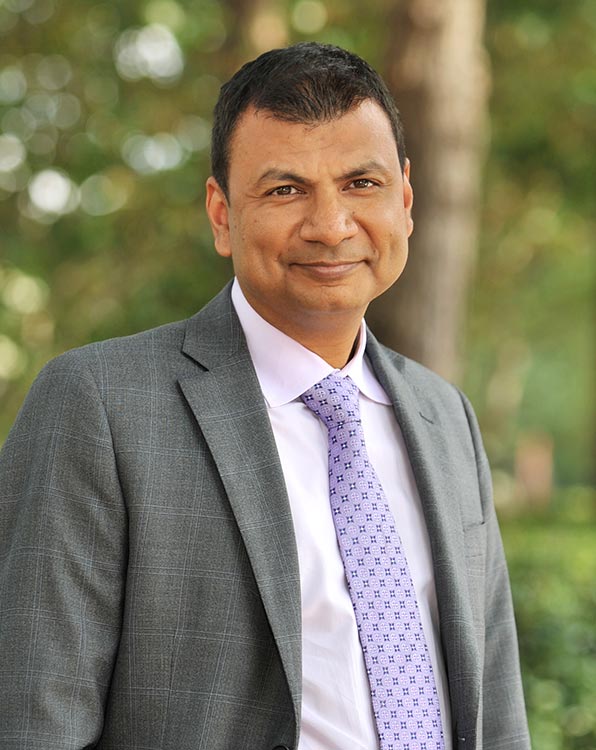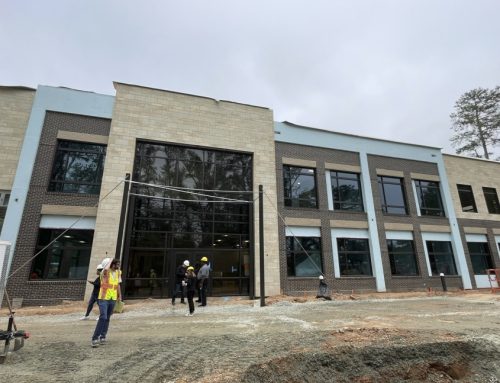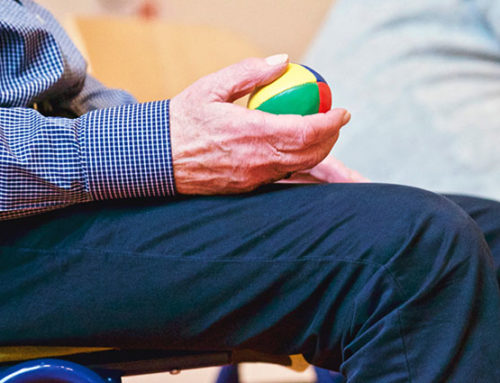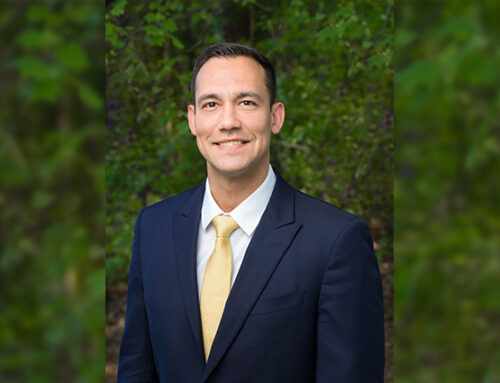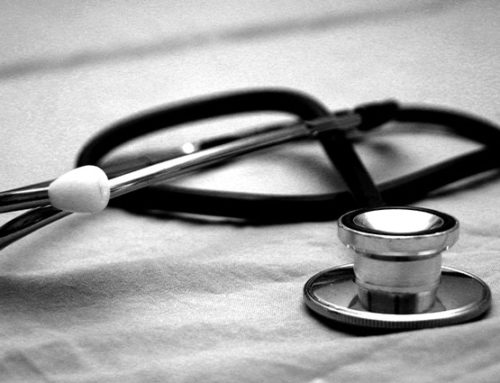By Dr. Sameer Mathur, board-certified minimally invasive spine surgeon
Having treated patients with low back since 2006, I have both witnessed and been part of the evolution of treating spinal problems such as degenerative disc disease. In the late 1990s and early 2000s, patients were primarily treated with open surgical procedures. Over time, my practice evolved to more minimally invasive surgery. Patients did much better after surgery, and the recovery is faster.
Now, I’m helping lead Cary Orthopaedics’ exciting stem cell injectional therapy program at our Center of Regenerative Medicine. This has been my passion project for more than 10 years, and I believe stem cells are the next frontier in the treatment of spinal disorders.
Stem cells heal the disc organically using the body’s own cells. They are harvested and re-injected in a minimally invasive procedure with fewer side effects when compared with surgery.
Understanding degenerative disc disease
Some conditions in the spine cannot be treated with surgery. One such pathology is degenerative disc disease. The intervertebral disc is the “shock absorber” in the spine. The disc is composed of an outer ring called the annulus and an inner gelatinous core called the nucleus. As the body ages, the concentration of proteoglycans in the nucleus decrease, which are vital to the health of the disc. As the nucleus degenerates, the disc becomes incompetent leading to back pain and leg pain.
We have very limited options to treat degenerative disc disease. We normally start with an extensive physical therapy program and oral anti-inflammatory medications. Surgery is not a good option for degenerative disc disease and low back pain. Outcomes have been poor with surgical intervention, and the majority of patients have to “live” with pain.
I have been studying disc degeneration for well over 10 years, conducting research in conjunction with the National Institutes of Health (NIH) to analyze the expression of genes that may damage the disc. We have also attempted to replace the nucleus (inner core) of the disc with an implant, but without long-term success. We have yet to find a good solution for degenerative disc disease until recently.
Stem cell therapy for spine degenerative
Mesenchymal Precursor Cells (MPCs) are adult stem cells that can be harvested from bone marrow. The pelvis (iliac crest) is the easiest location to harvest these cells. Harvesting bone marrow from the pelvis has been safely performed for many decades in cancer patients. The adult stem cells have the potential to develop into various mature cells. The stem cells are regenerative and are responsible for repairing and re-building the damaged nucleus of the disc.
Multiple research studies have shown significant reduction in low back pain and improved function after stem cell injections. 80% to 90% of patients see improvement in their symptoms.
To be fair, stem cells are not the solution for all spinal problems. There are some spinal conditions that require surgical intervention. In addition, it may take several months for the back pain to improve after stem cell injections. Stem cell injections may not help every patient with low back pain.
Based on my years of research, I firmly believe that stem cell injections are a viable option for certain people with low back and leg pain. Stem cells are harvested and re-injected in a minimally invasive procedure with fewer side effects when compared with surgery. Stem cells heal the disc organically using the body’s own cells.
Dr. Mathur is a board-certified minimally invasive spine surgeon at Cary Orthopaedics.
Learn more about this topic from another recently published article, “Cary Ortho utilizes bone marrow stem cells for general orthopedic and spine treatment,” as well as this scholarly article on discogenic treatment.

